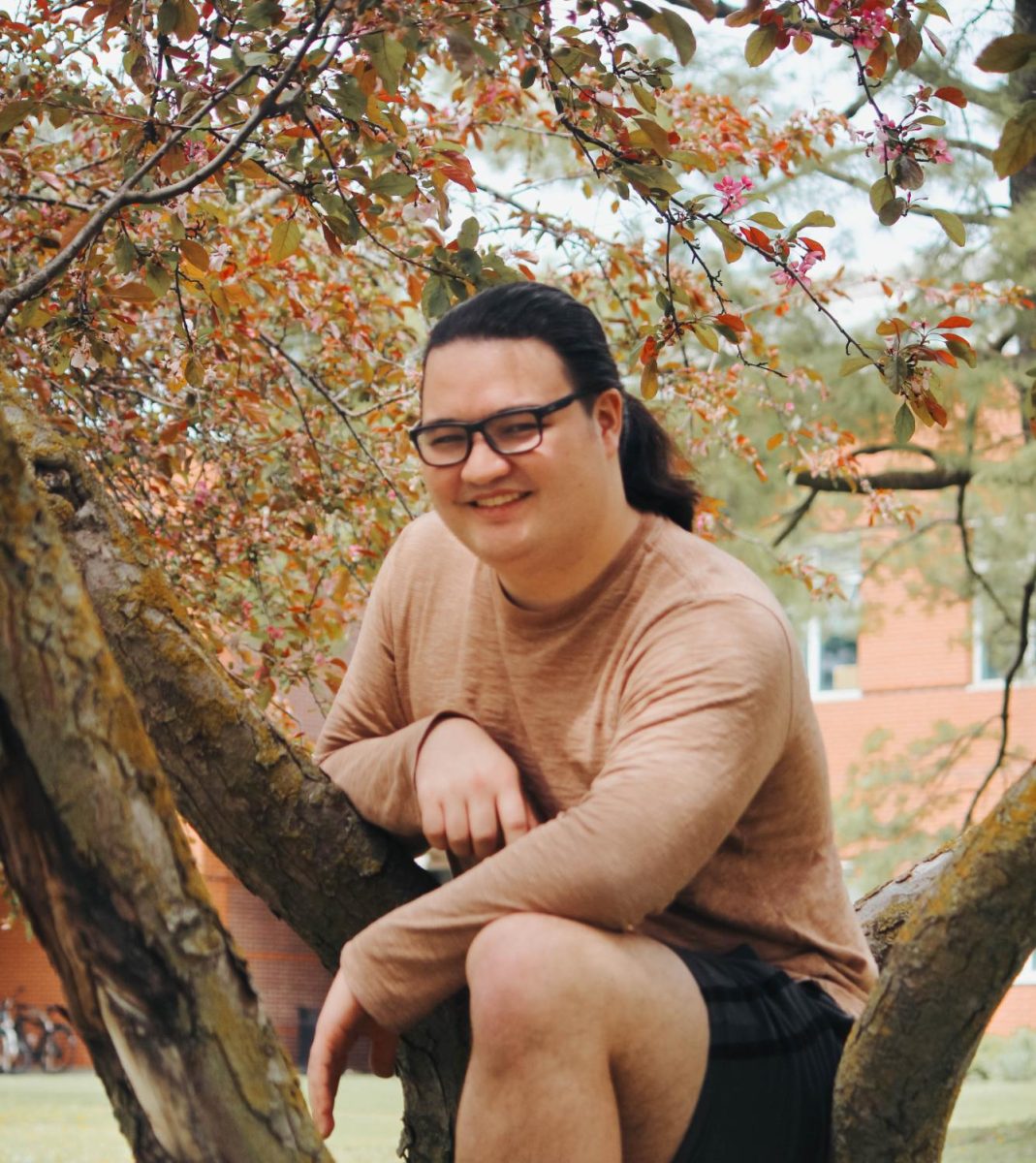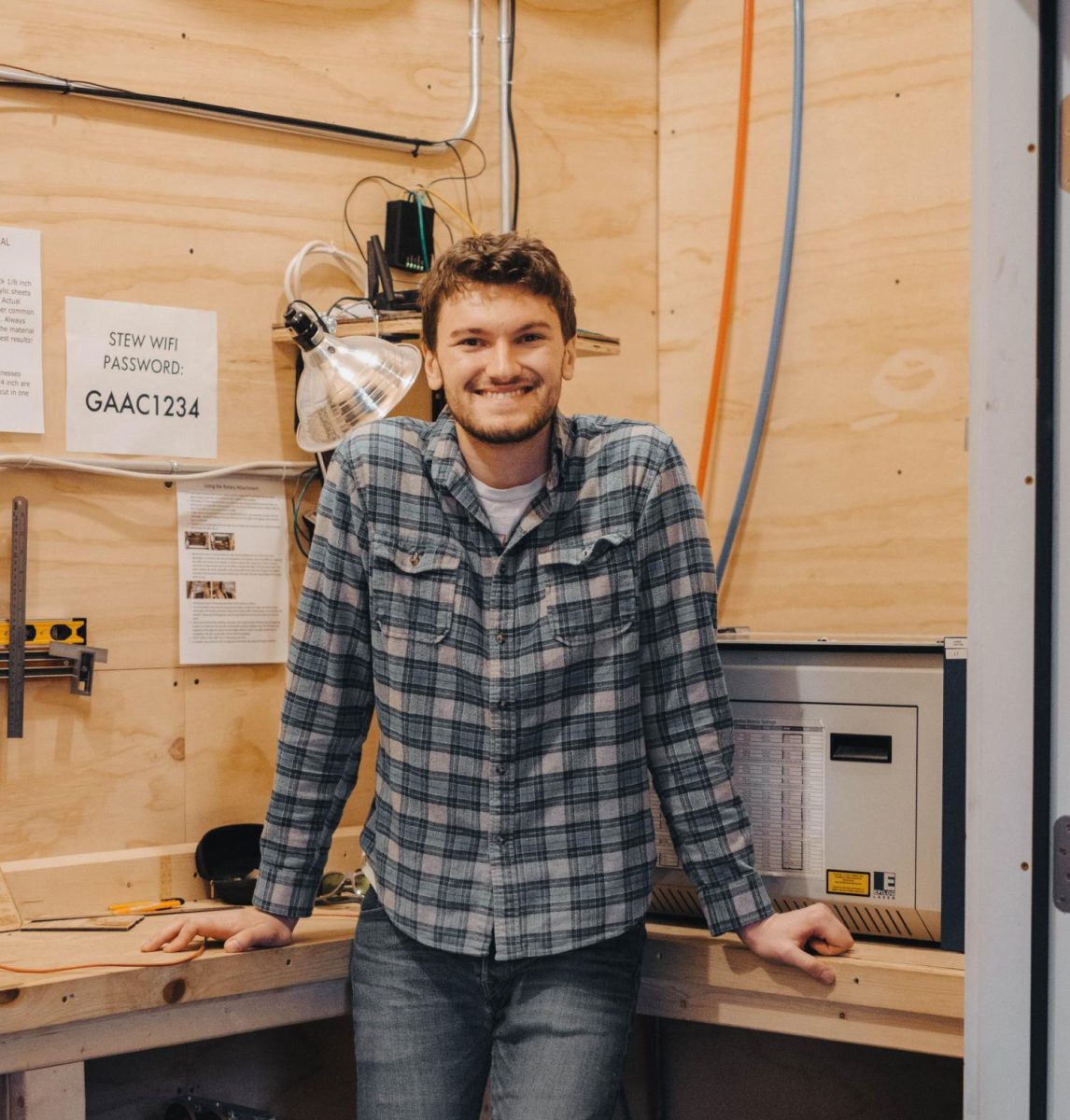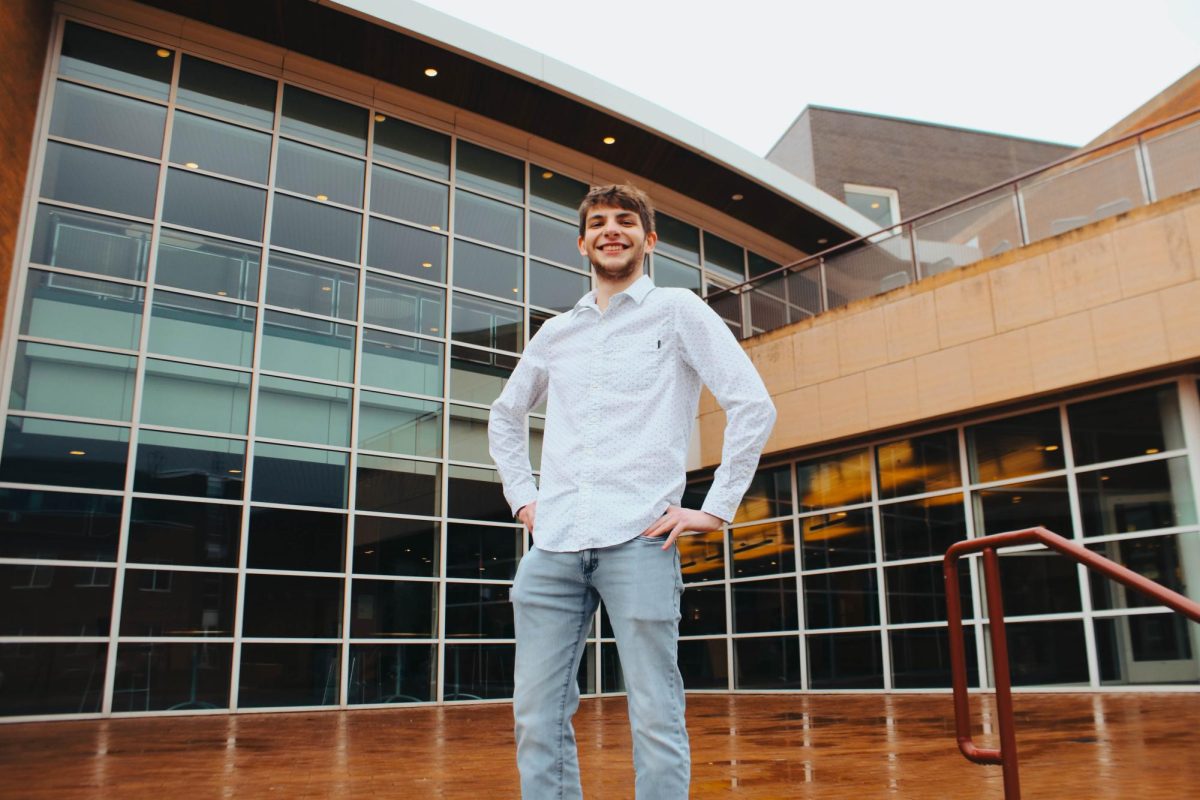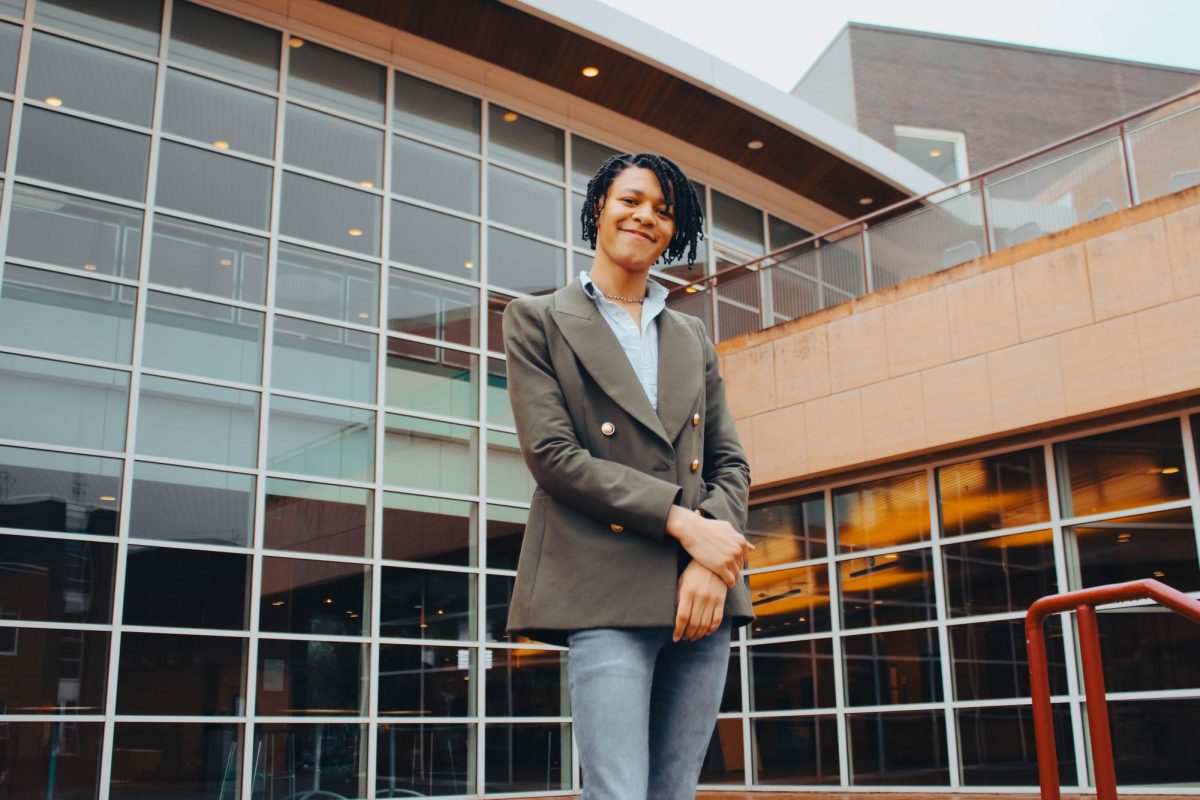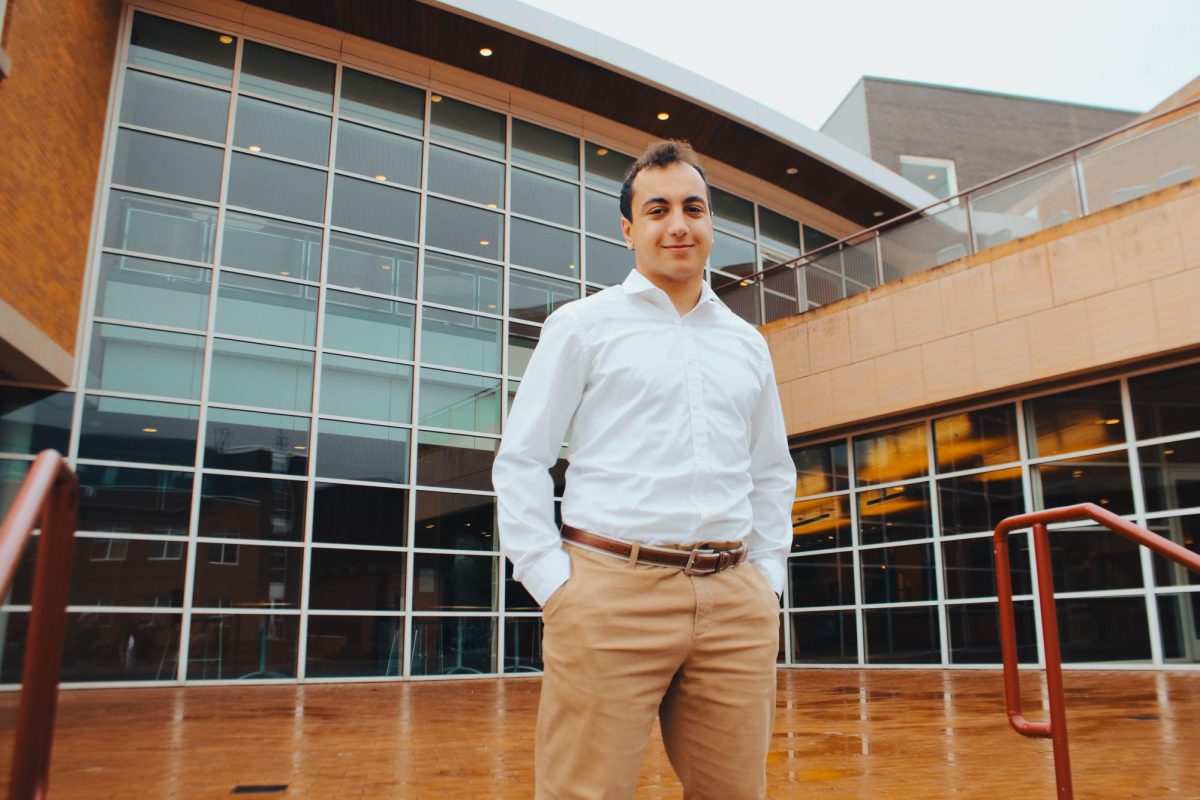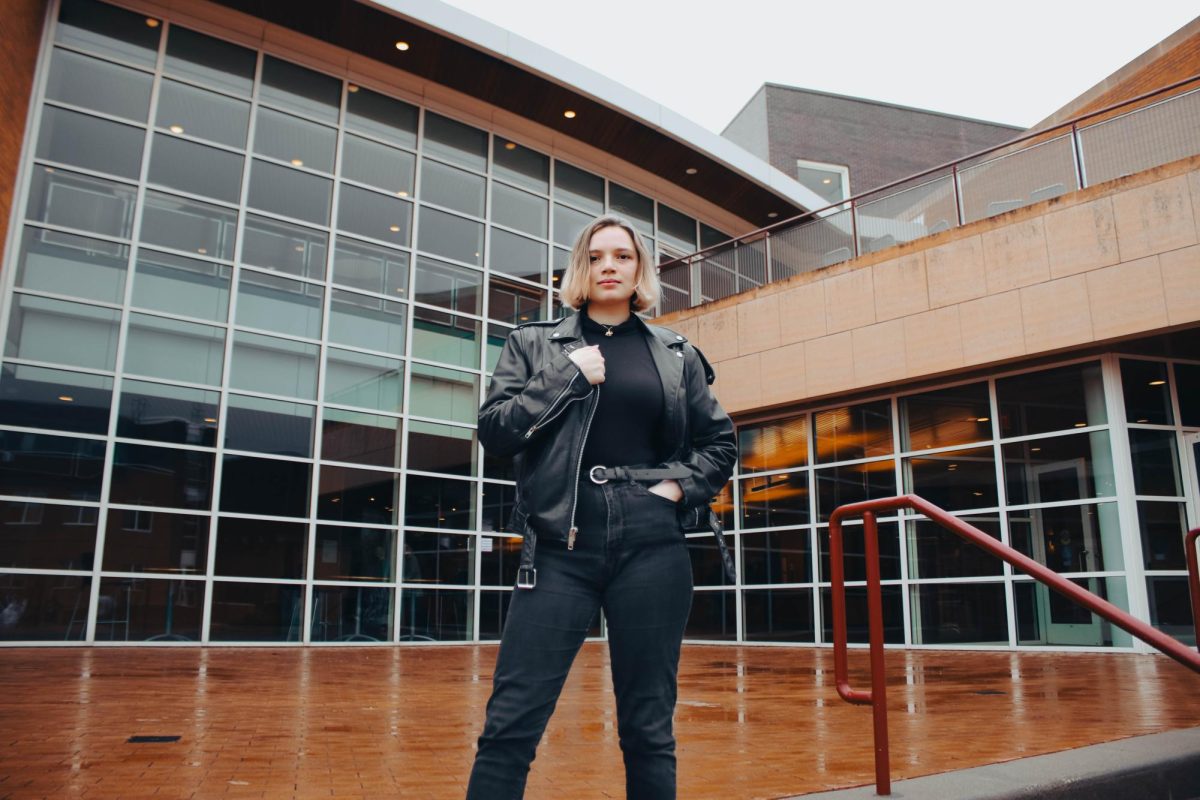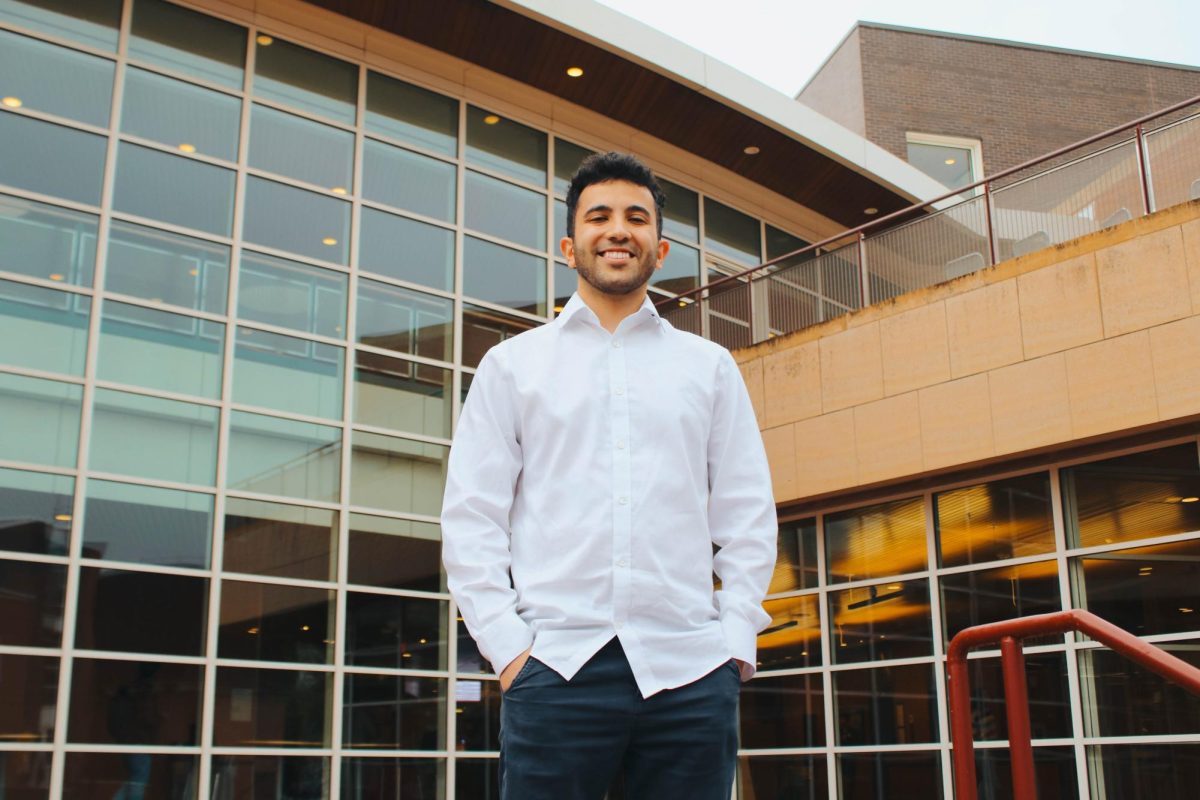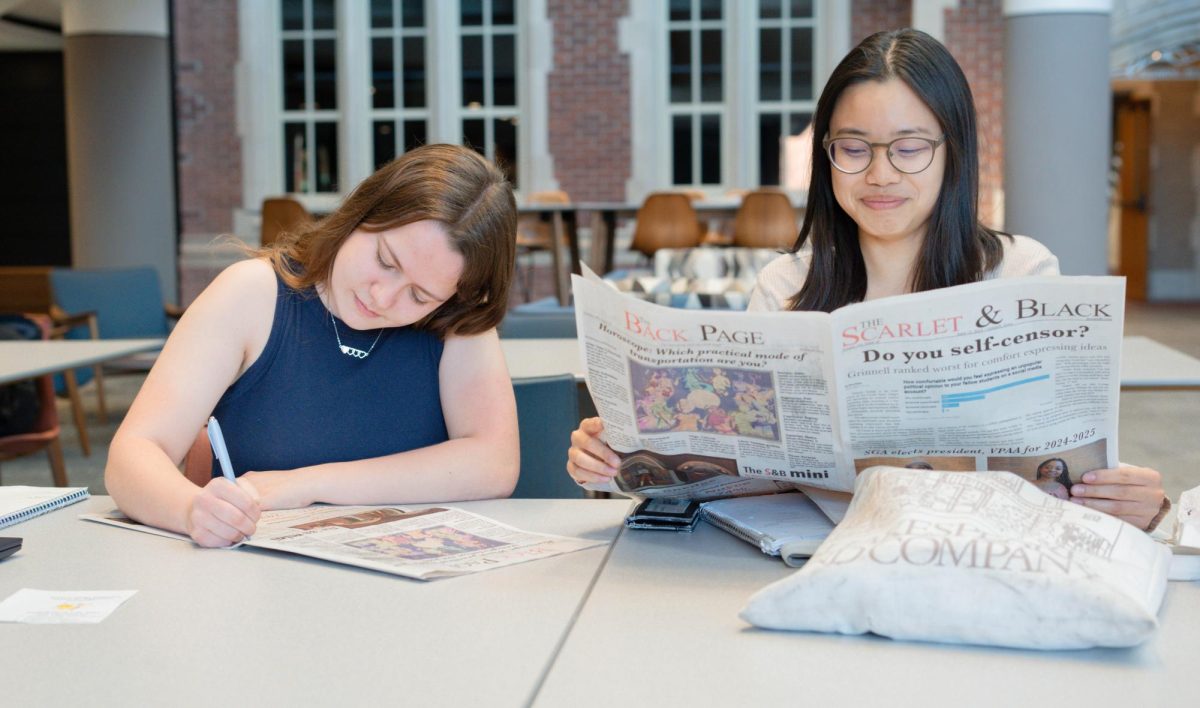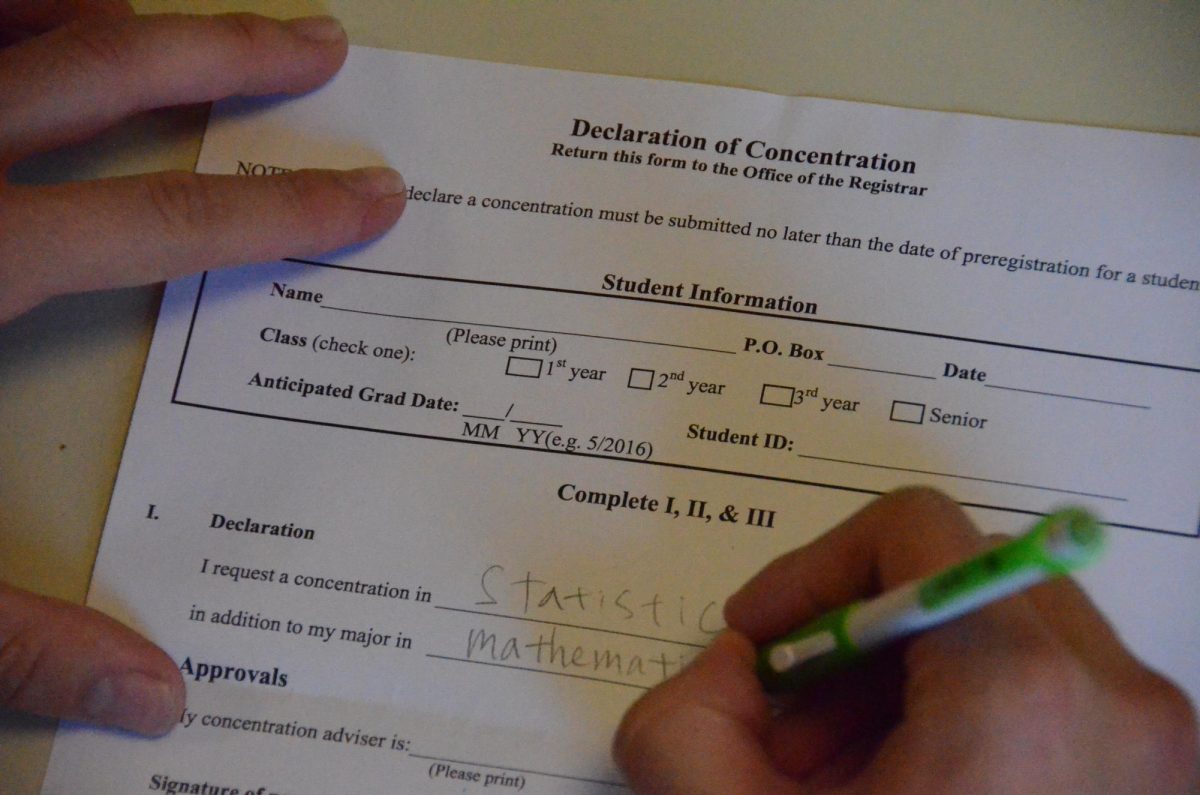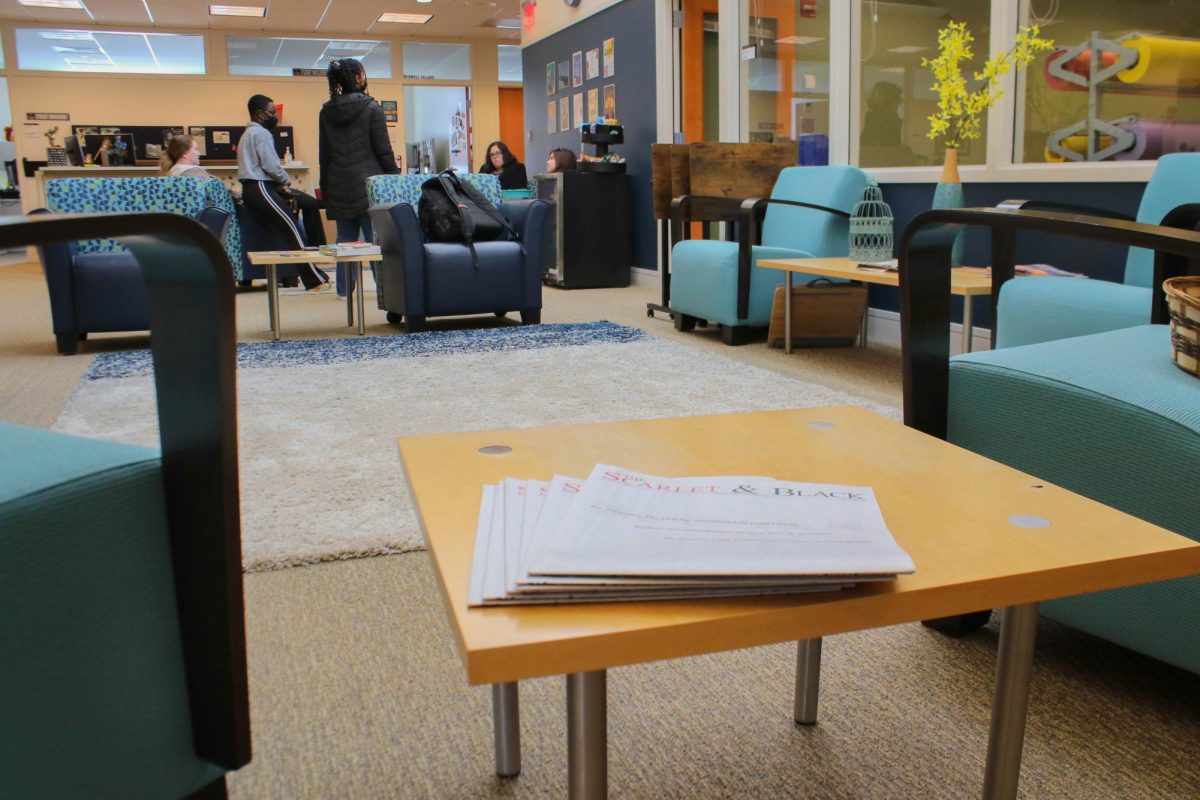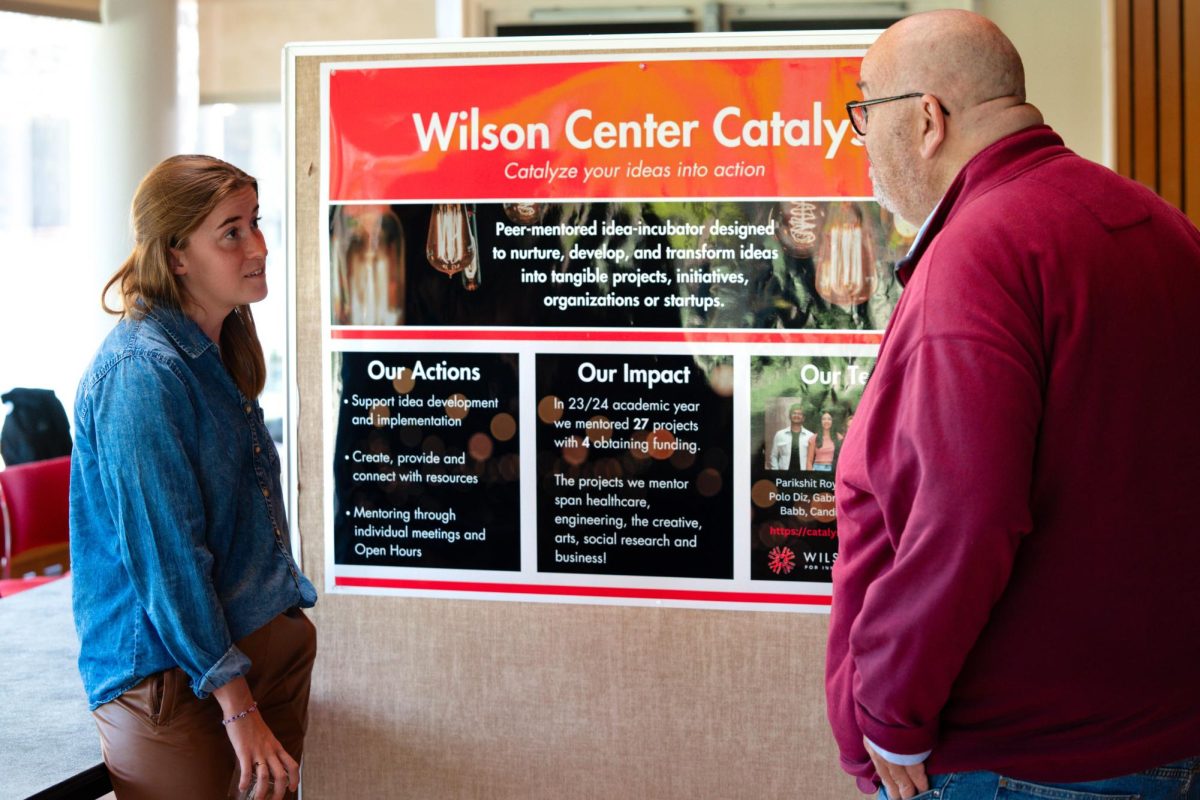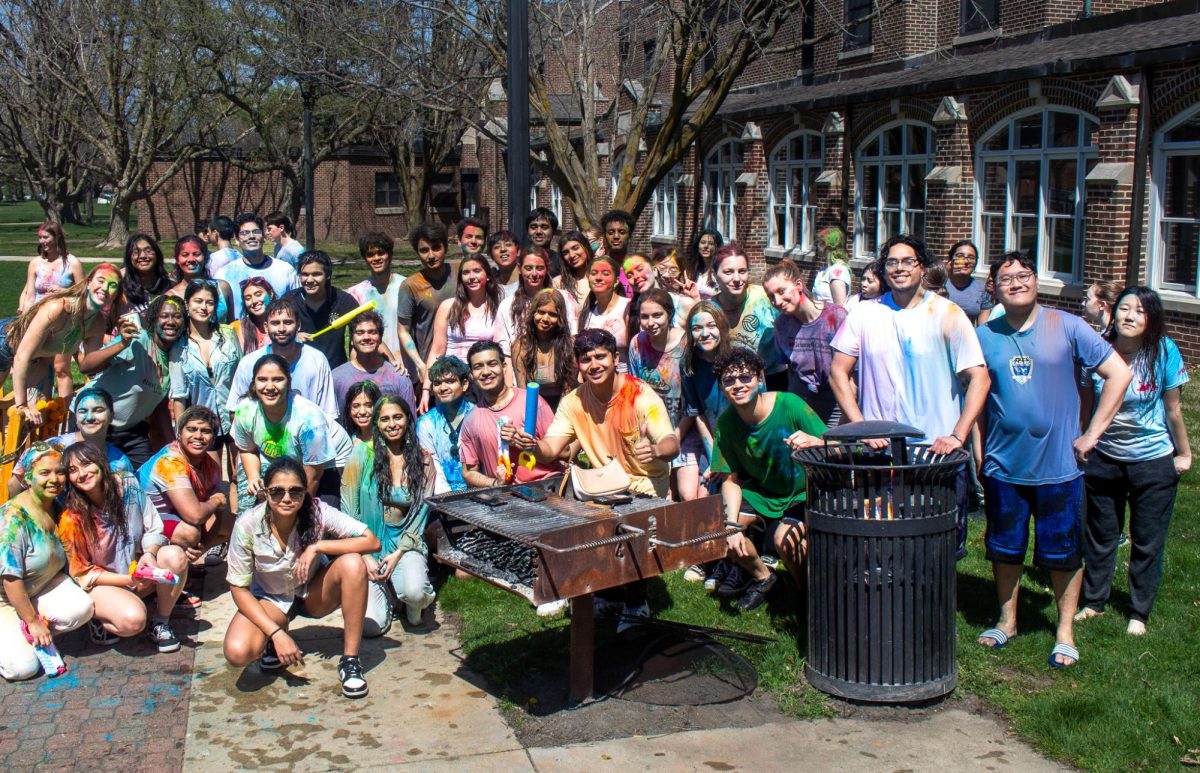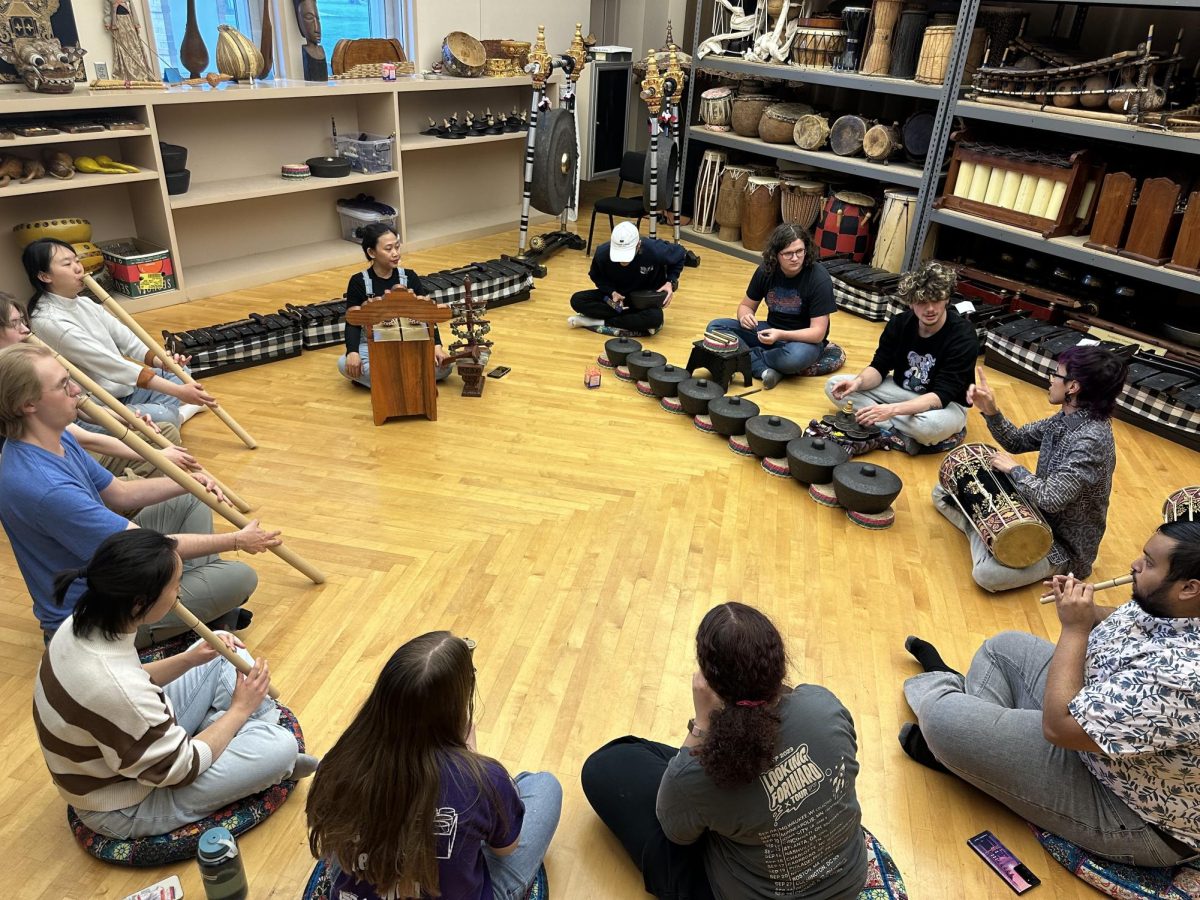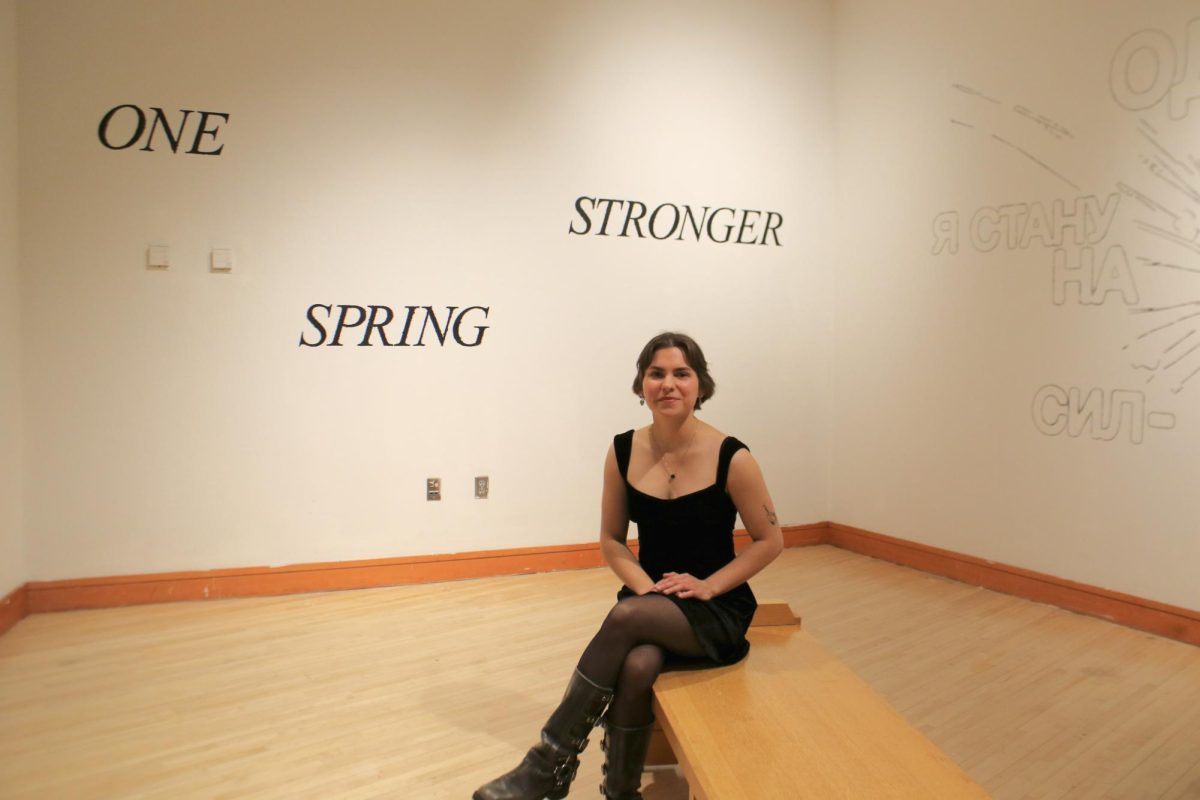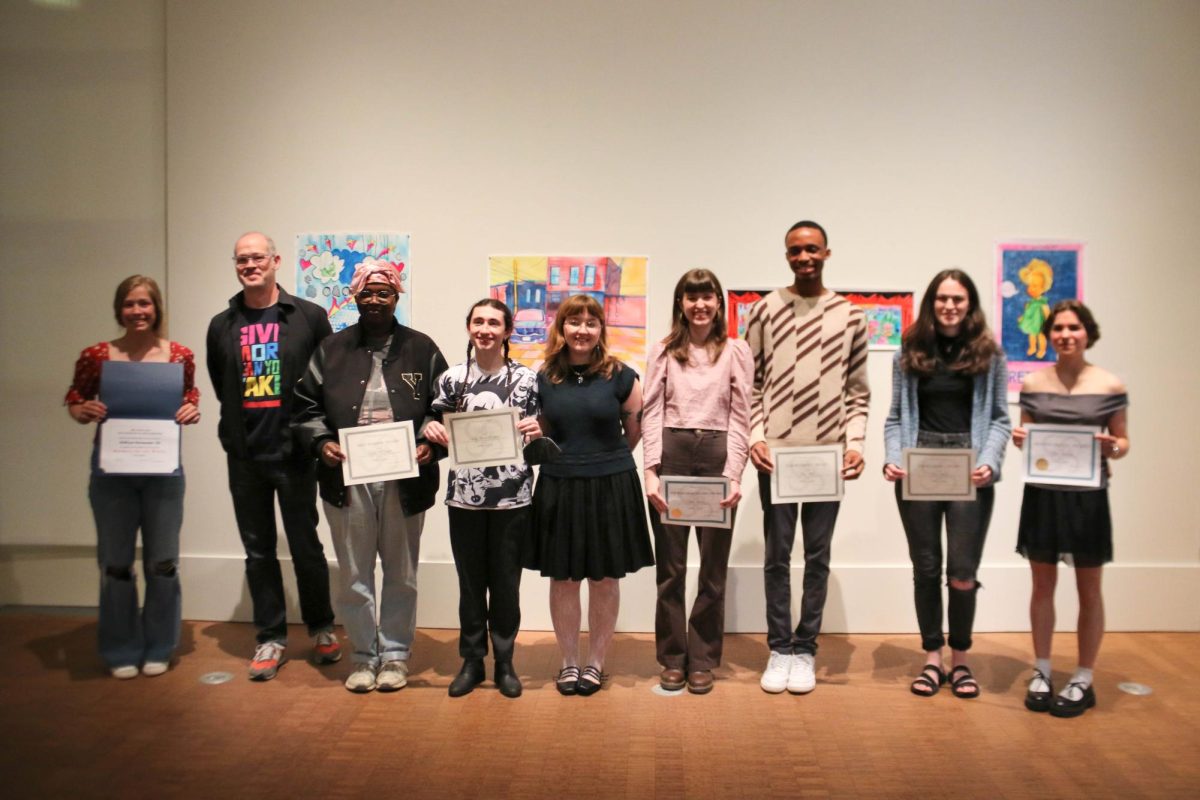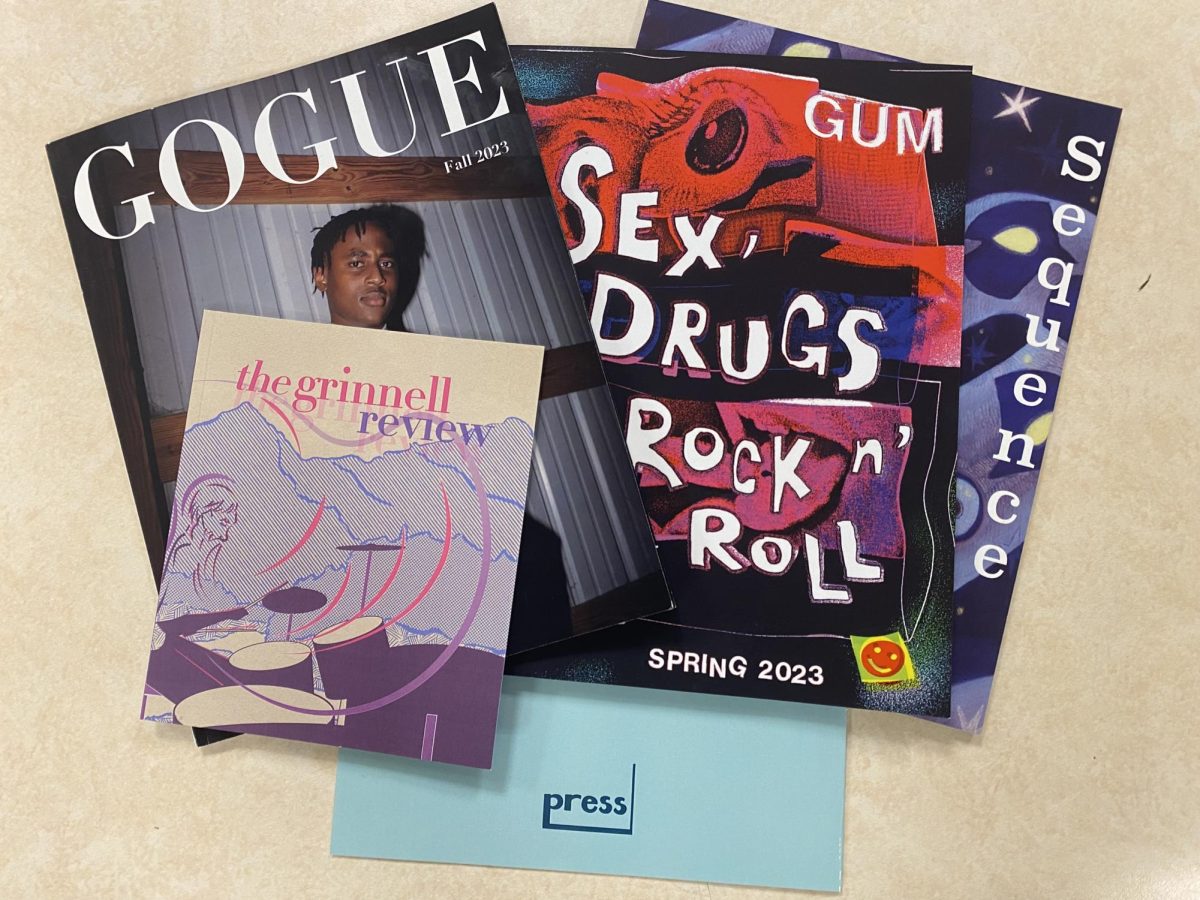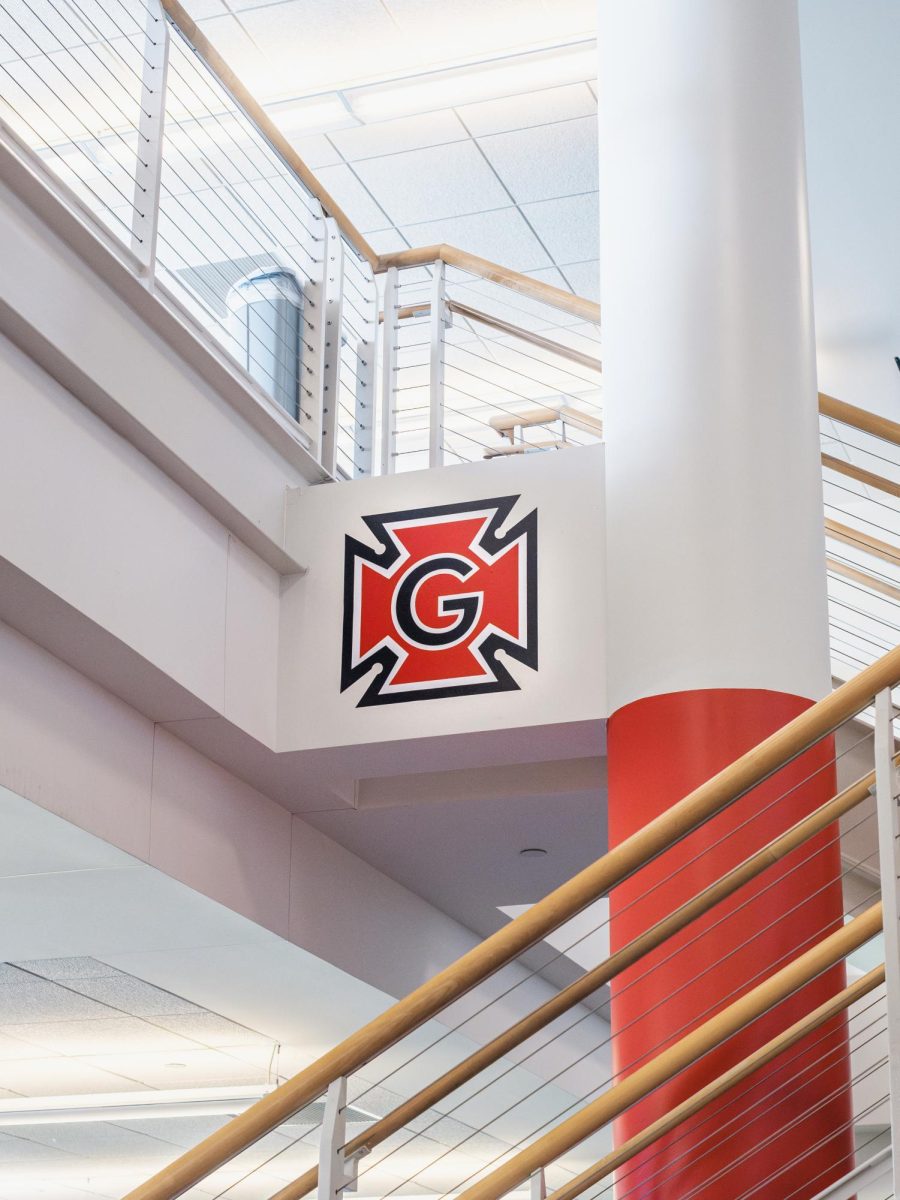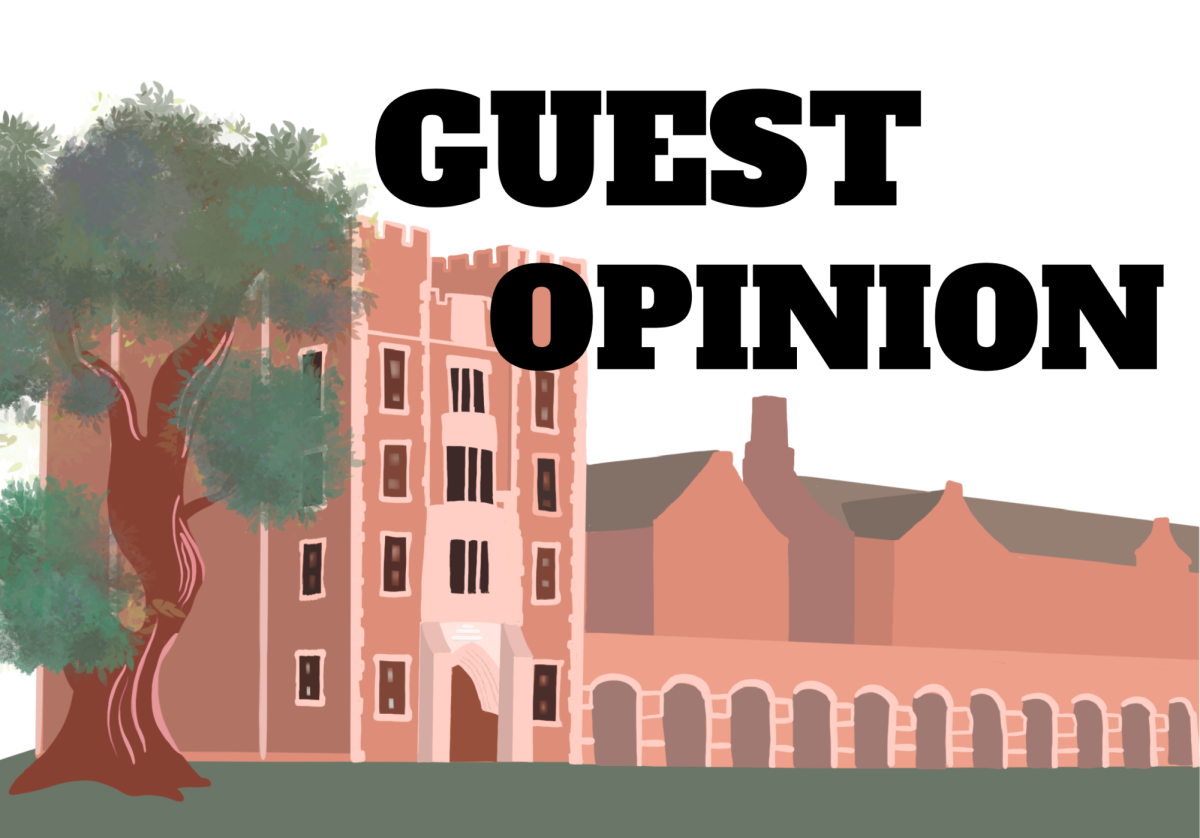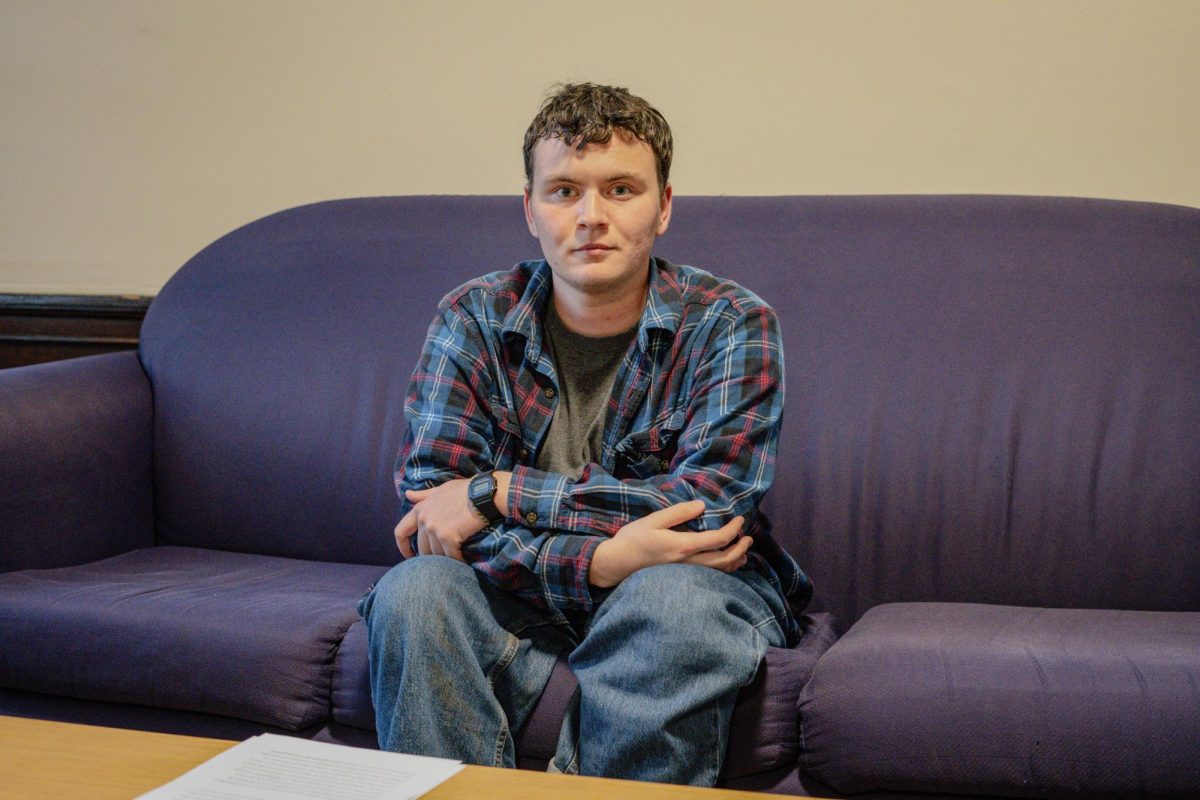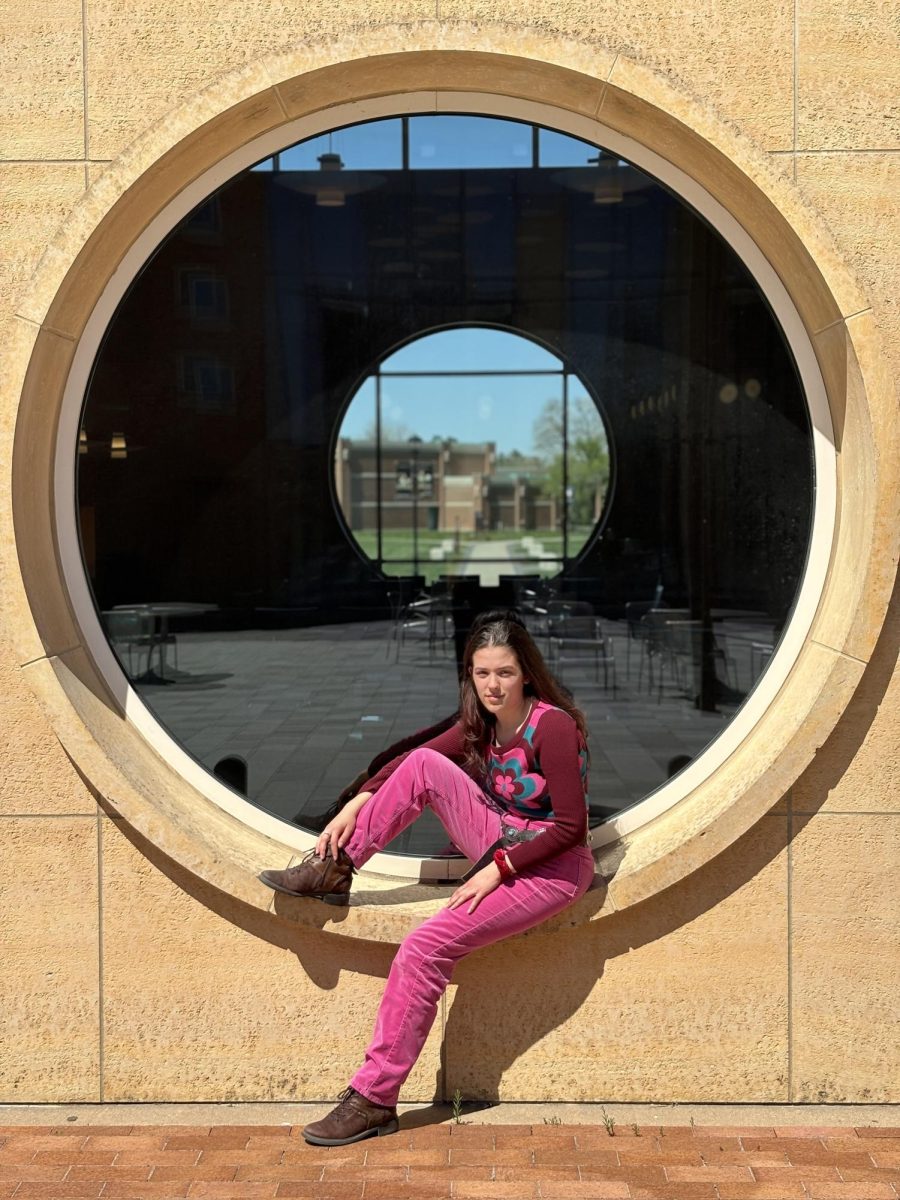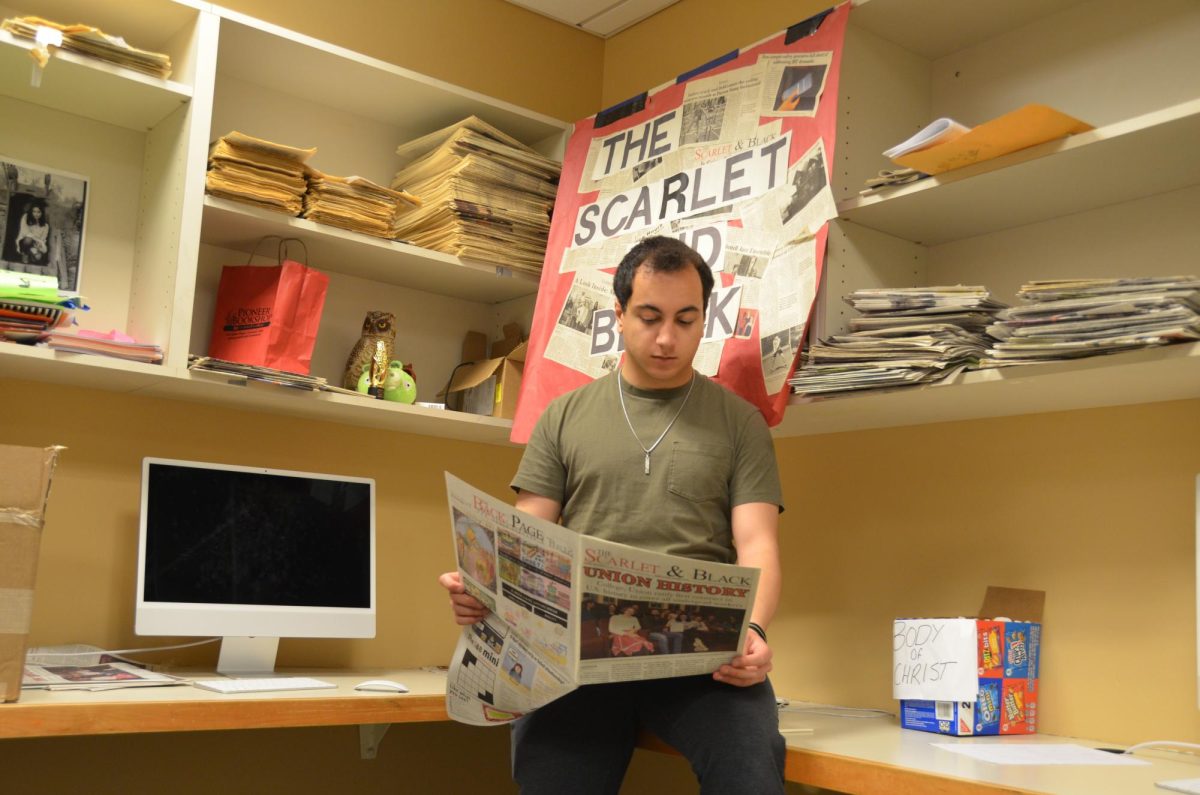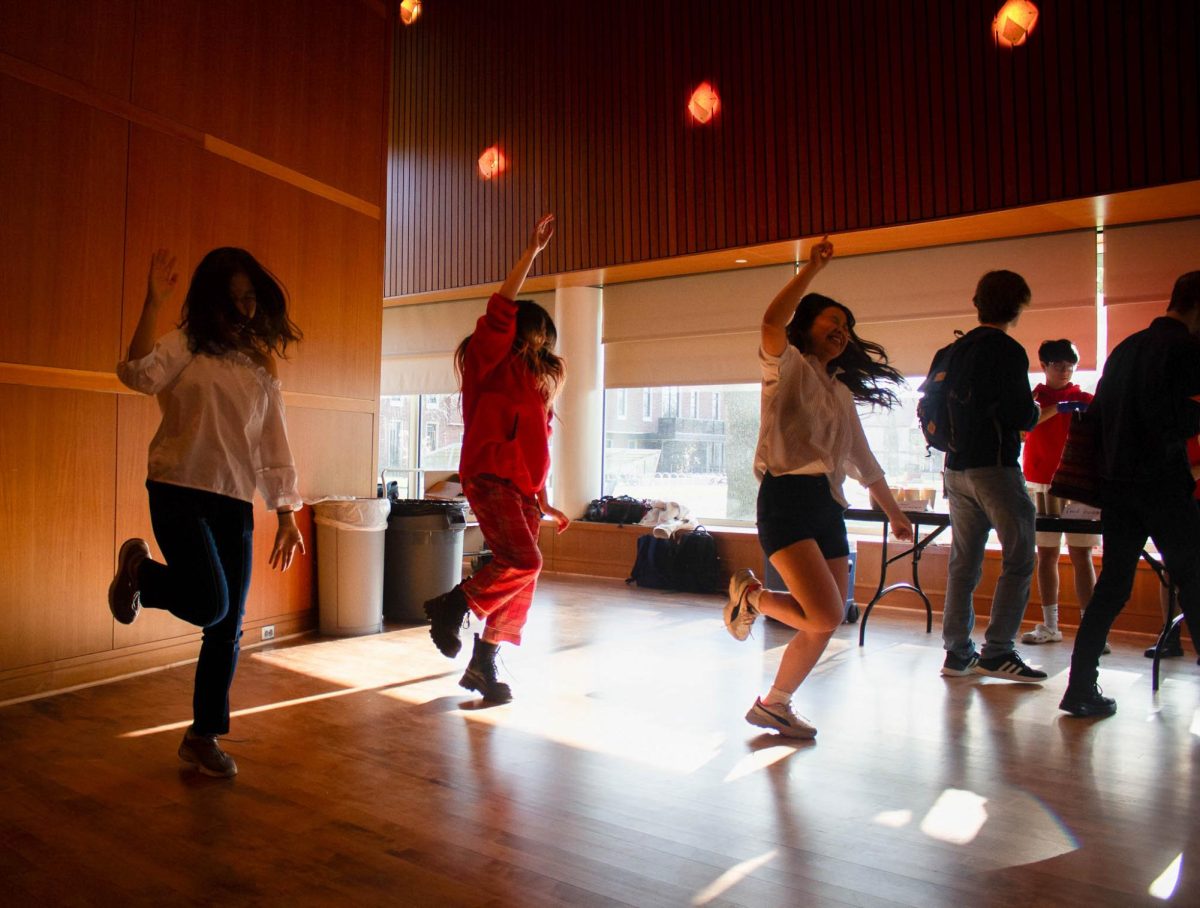The smoking ban may still be in full effect at Grinnell, but that has not hampered the chemistry department’s ongoing research into how nicotine interacts with the brain.
Grinnell College received a grant last May for $373,000 over three years from the National Institute of Neurological Disorders and Stroke to continue researching nicotinic acetylcholine receptors in the brain. The project’s practical applications are not yet clear, but it may help in the development of new medicines and in improving our knowledge of how the brain works.
Professor Mark Levandoski, chemistry, who leads the research alongside a team of students, is investigating the interaction of the pharmaceutical drugs Levamisole and Morantel with specific locations on the receptors. The mechanism of the receptor acts like a lock and key and the project tests whether molecules fit the lock by expressing receptors in frogs’ eggs, then running an electric current through them, according to researcher Steve Sando ’11.
“If we know more about the lock, we can make a better key,” said Levandoski, explaining the concept of rational drug design.
With the funding from the research grant, Levandoski hired Paul Chrisman ’99 as a research assistant over the summer and plans to purchase new instruments for his lab.
“Grants are a good way to get new, expensive equipment,” Levandoski said. “Success breeds success in terms of winning future grants.” The science faculty generally receives grants like this once or twice per year. The grant will also fund four students—Sando, Dennis Kuo ’11,Laura Cesa ’11 and alumnus Colin Higgins ’10—to attend a conference in San Diego later this year, where they will present their findings.
Many student researchers use their work as a stepping stone to future careers in the sciences.
“I’m looking at graduate programs in the same general field of structural or chemical biology,” Kuo said.
Higgins, who worked on Levandoski’s research in the past, is currently studying medicinal chemistry at the University of Iowa. Higgins reflected fondly on science research at Grinnell.
“The project is very well conceptualized,” Higgins wrote in an email. “After working with Professor Levandoski to write a proposal for my own work in his lab, I felt like an expert in my own right.”
According to Levanoski and the students involved, the research is proceeding well, especially after exciting discoveries last summer. Now, Kuo and others—including Angela Cao ’11 and Qiaochen Yin ’11—are finishing their experiments and tying together loose ends in preparation for the upcoming conference. Levandoski noted that while he doesn’t know yet the kind of drugs that may develop from the project’s findings, there are promising possibilities for new Alzheimer’s, Parkinson’s, or attention deficit treatments, as well as new potential ways to help people quit smoking.
“Even though there might not be a specific application right now, it’s important to study how [the brain] works, and how we can turn the volume up or down [on specific receptors],” Kuo said.
While students may not think of Grinnell as a powerhouse of science research, the chemistry department is hard at work applying federal stimulus funding to uncover the secrets of the brain.

